Search for most updated materials
Supercourse Editorial Board
Central Editorial Board
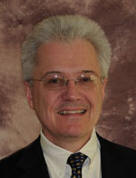
|
Ronald LaPorte, Ph.D. Director, WHO Collaborating Center, University of Pittsburgh |
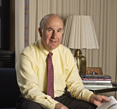
|
Gilbert Omenn, M.D., Ph.D. Professor of Internal Medicine, Human Genetics, and Public Health at the University of Michigan |

|
Ismail Serageldin, Ph.D. Director, Library of Alexandria |

|
Vint Cerf, Ph.D. Chief Internet Evangelist, Google Inc |
Scientific Editorial Board
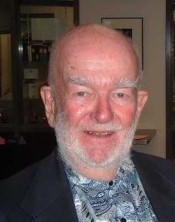
|
John Last,
M.D. Emeritus Professor of Epidemiology & Community Medicine, University of Ottawa When I was a pimply 13 years old, I wanted to be a writer. I’d read Somerset Maugham and a few others who’d moved on from medical school to become successful writers, so I decided to aim for medical school. By the time I was 15 or 16, poised to start in medical school at 17 because there was a world war going on, I realized I couldn’t invent plots or develop characters, and had a tin ear for dialogue, so a career as a creative writer wasn’t for me. In time I became a tolerably competent clinician, then an epidemiologist. But love of words and writing bubbled away below the surface. I found a way to combine my medical background and my love of words, composing definitions for the Dictionary of Epidemiology, the Dictionary of Public Health, writing Public Health and Human Ecology, editing Public Health and Preventive Medicine (“Maxcy-Rosenau-Last”), the Canadian Journal of Public Health, and sundry other journals and books. During all this time, I was corrupting the innocent young minds of medical students with the subversive notion that discovering and accentuating the determinants of good health was a career aim at least as worthy as exploring arcane details of serum electrolyte levels or genomic structure of an individual patient. In part of my spare time I counseled medical students about career options, emphasizing that it is important to keep open as many options as possible for as long as possible, thereby avoiding the hazard of overspecializing. Paleontologists demonstrated that species which overspecialize risk extinction when conditions change rapidly. That can happen in medicine too. In epidemiology, it’s valuable to have more than a nodding acquaintance with the Big Picture, rather than focusing on the fine detail in one little corner of the picture. This perspective makes it easier to connect the dots – which can come from any number of disparate scholarly and applied fields – and thereby make a new picture altogether, a picture that explains important truths which had previously been obscure and mysterious. The great discovery I have made is that it is enormous fun doing this, and even more fun when there’s an opportunity to infect students with enthusiasm to do it too. |
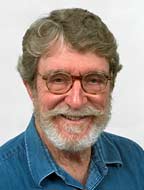
|
Henry Blackburn,
M.D. Professor Emeritus, University of Minnesota |

|
Peter Greenwald, M.D., Ph.D. Director of the Division of Cancer Prevention at the National Cancer Institute |
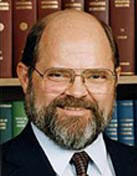 |
Steven N. Blair,
M.D. Professor, University of South Carolina |

|
Trevor J. Orchard, M.B.B.Ch., M.Med.Sci. Professor, University of Pittsburgh |
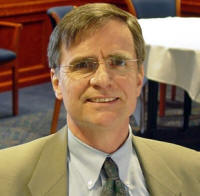
|
Nigel Paneth, M.D. Professor, Michigan State University |

|
Neil Pearce, Ph.D. President, International Epidemiology Association |
International Editorial Board
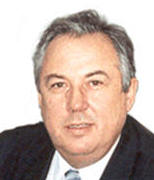
|
Boris Ledoshchuk, M.D., Ph.D. Professor, National Medical University, Ukraine |

|
Paul Zimmet, M.D. Foundation Director of the International Diabetes Institute, Australia |

|
Chandrakant S. Pandav, M.D. Professor and Head of Centre for Community Medicine at the All India Institute of Medical Sciences, India |
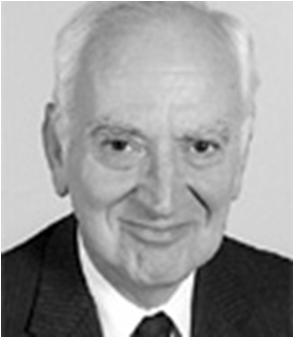
|
Walter Holland, M.D. Professor, London School of Economics |
